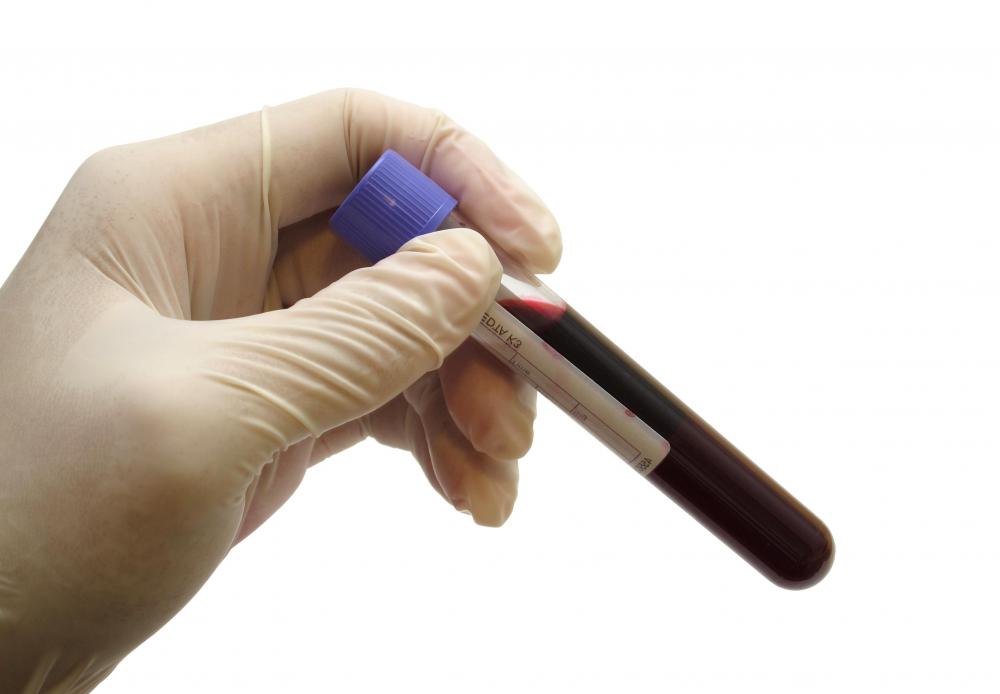At WiseGEEK, we're committed to delivering accurate, trustworthy information. Our expert-authored content is rigorously fact-checked and sourced from credible authorities. Discover how we uphold the highest standards in providing you with reliable knowledge.
What is the Lactate Threshold?
Lactate threshold (LT) is the limit at which the lactate molecule anion begins to accumulate in the blood system of an individual. When exercising muscles create energy without oxygen, they create lactic acid which is then passed into the blood. Caused by intense exercise, the lactate threshold is commonly used by athletes and their trainers to help make improvements to exercise performance. The lactate threshold also is known as the anaerobic threshold
A complex process, lactate builds up in the blood during exercise. As bicarbonate stores within the blood are used up, hydrogen ions created by high-intensity exercise are released into the bloodstream, resulting in the onset of blood lactate accumulation (OBLA). Lactate threshold is the point at which this process begins to occur, with the blood becoming acidified.

Lactate buildup typically is not a problem in an average exercise regime due to the removal of lactate being able to keep up with lactate creation. Competitive athletes, however, are often particularly interested in this specific limit. Measured through a ramp test – an exercise where the progressive intensity of exercise can be calculated – a small blood sample is normally taken from the fingertip or earlobe which can then be used to identify the exact point of an individual's threshold.

This can be of great use to individuals competing in endurance sports where a build up of lactic acid can be detrimental to performance, causing pain and muscle exhaustion. Knowing one's training lactate threshold is largely beneficial for athletes are able to exercise at higher intensities before their thresholds are reached and performance begins to deteriorate. Measured against the maximum oxygen consumption at high intensity training (VO2), lactate threshold is normally expressed as a percentage of VO2. For example, if an athlete attained their VO2 when running at 10 miles (about 16 km) per hour and acidification of the blood was determined to occur at 5 miles (about 8 km) per hour, then his lactate threshold would be 50 percent of VO2.

Increasing one's lactate threshold is normally done by using training methods such as interval and fartlek techniques. While fartlek allows for athletes to exercise just above and just below their threshold, interval training allows individuals to work at points far above their thresholds, with low intensity recovery times between sessions. Over time, the body usually becomes used to higher-intensity training, altering its thresholds appropriately so that athletes can work harder for longer periods of time without experiencing the effects of an increase in lactic acid.
AS FEATURED ON:
AS FEATURED ON:














Discuss this Article
Post your comments